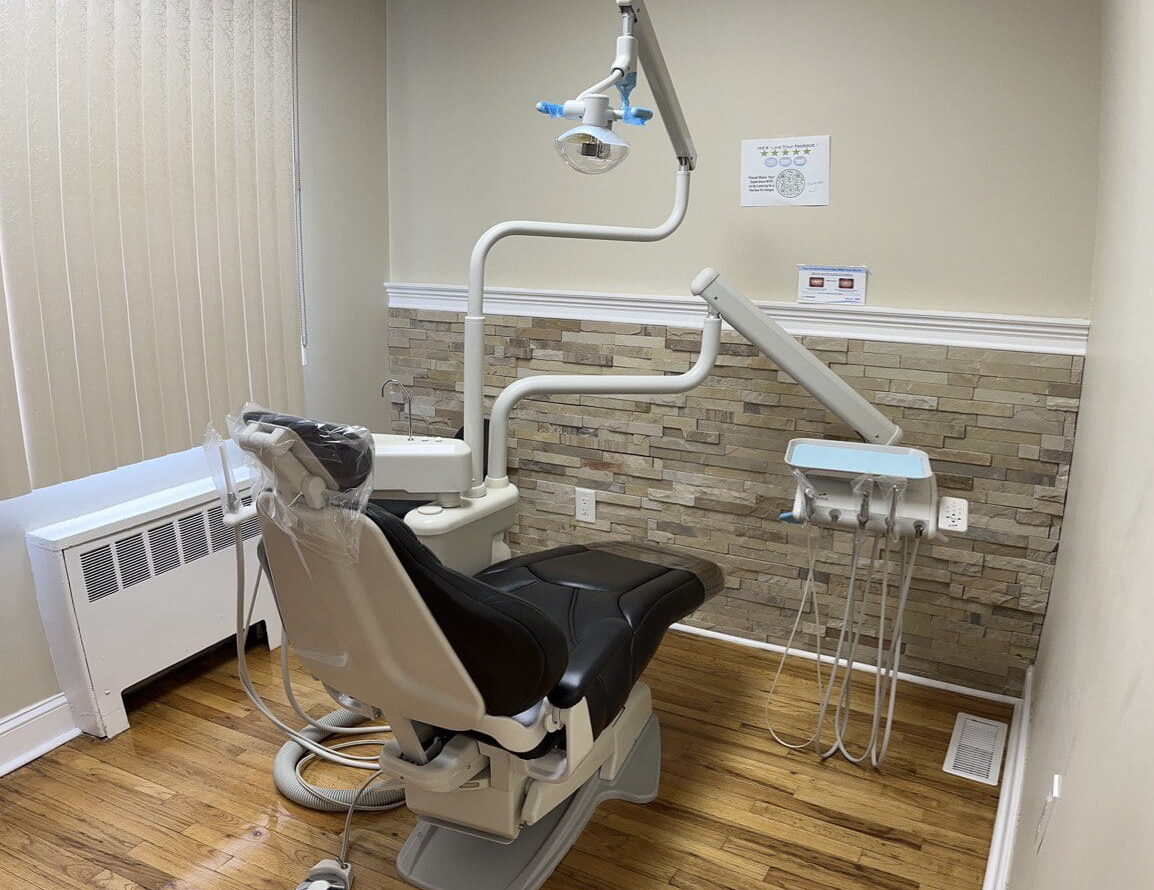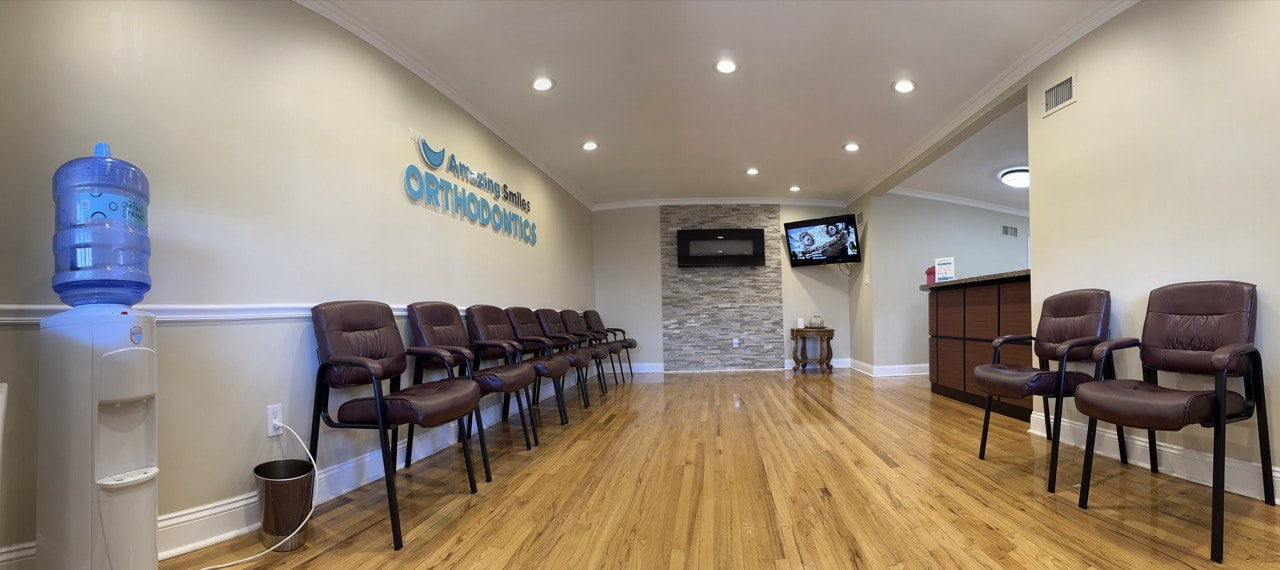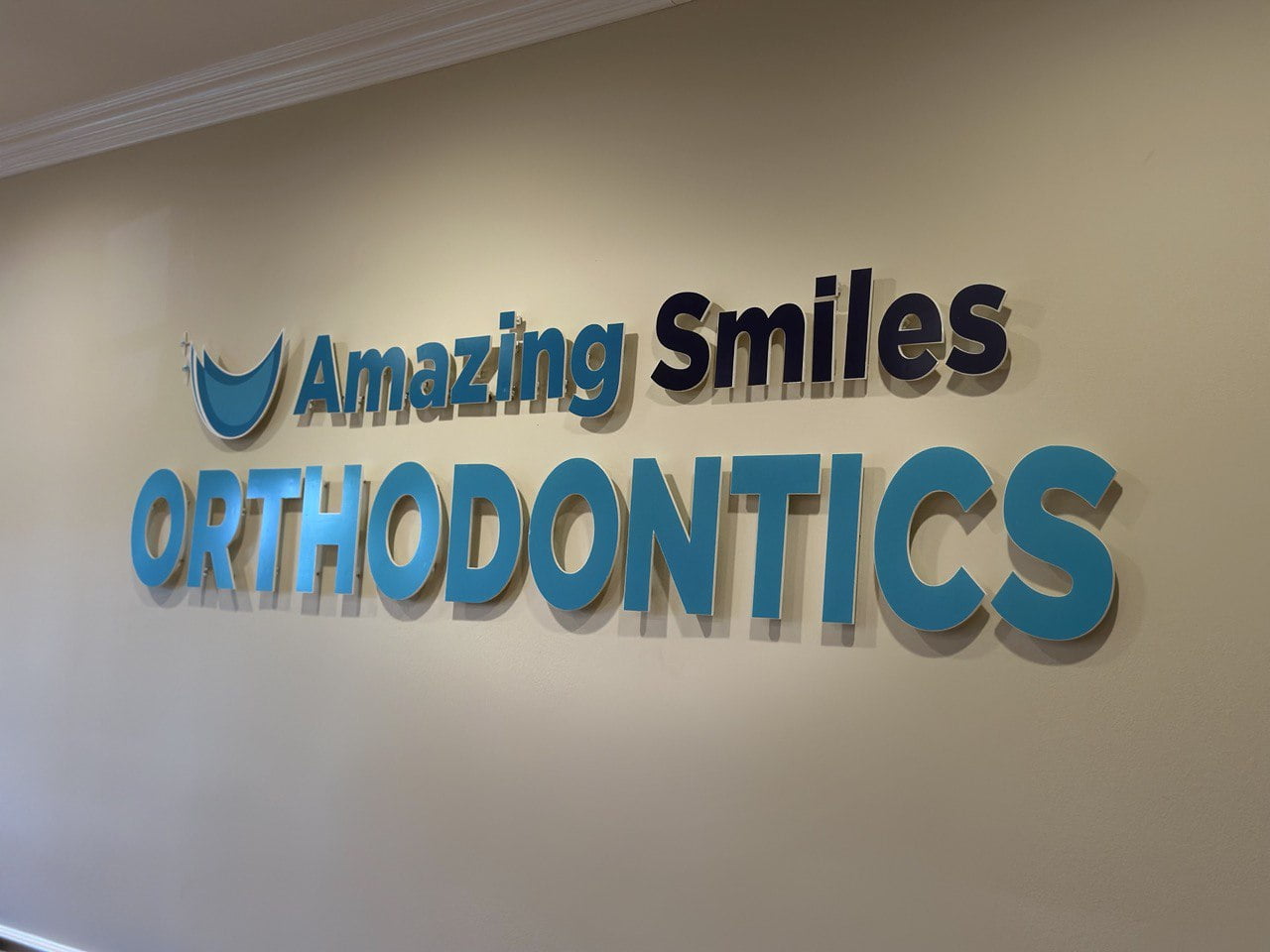BEST TIME FOR BRACES USING FOREST HILLS, NY ORTHODONTIST
Very few of us are blessed with a perfect smile. When permanent teeth start to come in, many of us will notice problems like overcrowded teeth, overbites, gaps, and other dental problems. The big question is if the problem is only cosmetic, or if there are bigger issues that need to be corrected. Luckily, orthodontists provide several safe, effective, and affordable types of braces for you to achieve a dazzling smile.
FOREST HILLS, NY ORTHODONTIST NEAR ME?
Dental braces are orthodontic devices designed to straighten and align a patient’s teeth to correct their bite and promote overall dental health. The most common types of braces include:
Traditional Braces
These use metal or plastic brackets that are bonded to the front of the teeth and are connected by wires.
Lingual Braces
These utilize the back of the teeth for bracket and wire placement to keep them hidden.
Plastic Aligners
Also called Invisalign, these are a custom-made series of removable plastic retainers designed to straighten teeth for a short period of time before replacing with a new aligner.
With traditional and lingual braces, the wires that are attached to each bracket are tightened periodically to promote the straightening process.
TOP FOREST HILLS, NY ORTHODONTIST PROVIDING BRACES
Your dentist evaluates your bite, jaw alignment, teeth spacing, and more during your annual dental checkup. If your dentist thinks you would benefit from braces, you’ll be referred to an orthodontist, who specializes in correcting dental misalignments, to start your treatment. You may consider getting braces if you have:
- Crooked teeth
- Overcrowded teeth
- Overbite
- Underbite
- Misaligned jaw
- Other jaw disorders
What Is the Right Age for Braces?
According to the American Association of Orthodontists, it is recommended that a child has their first consultation with an orthodontists at age 7. Although patients of any age can benefit from braces, starting treatment between the ages of 10 and 14 is ideal. During this age, your head and mouth are still growing and your teeth are more receptive to straightening. Parents should talk to their child about their fears or concerns about getting braces and discuss these with the orthodontist before making a decision.
Also, you do not necessarily need a referral from you dentist – patients can book an appointment with an orthodontist directly.
What Type of Braces Should I Get?
Your particular dental problems dictate the kind of braces you need. If you have a severe overbite or jaw misalignment, you’ll get the best treatment outcome with traditional braces. If you have mildly crooked teeth, you could be a good candidate for Invisalign.
How Long Will I Have to Wear My Braces?
The severity of your dental problem will ultimately determine how long you’ll need braces. Most patients can expect to wear their braces between 18 and 30 months. After your braces are removed or you’ve finished all of your plastic aligners, your orthodontist will suggest you wear a customized retainer for few months to keep your newly straightened teeth from reverting to their original position. You may need to wear the retainer at night for a couple of years or more for optimal results.
How Can I Take Care of My Teeth While Wearing Braces?
It’s important to continue practicing good oral hygiene while wearing braces or plastic aligners. Brush your teeth twice a day, and floss with the special tool your orthodontist provides you if you’re wearing traditional braces. You’ll need to avoid certain foods while wearing braces to avoid breaking the brackets or wires. If you wear aligners, brush them every day or soak them in a special solution designed to clean aligners and retainers.
Do you think you need braces or want to learn more about them? Make an appointment today with Amazing Smiles Orthodontics. Our experienced, caring team of orthodontists are committed to offering the best care available to give you a winning smile.







